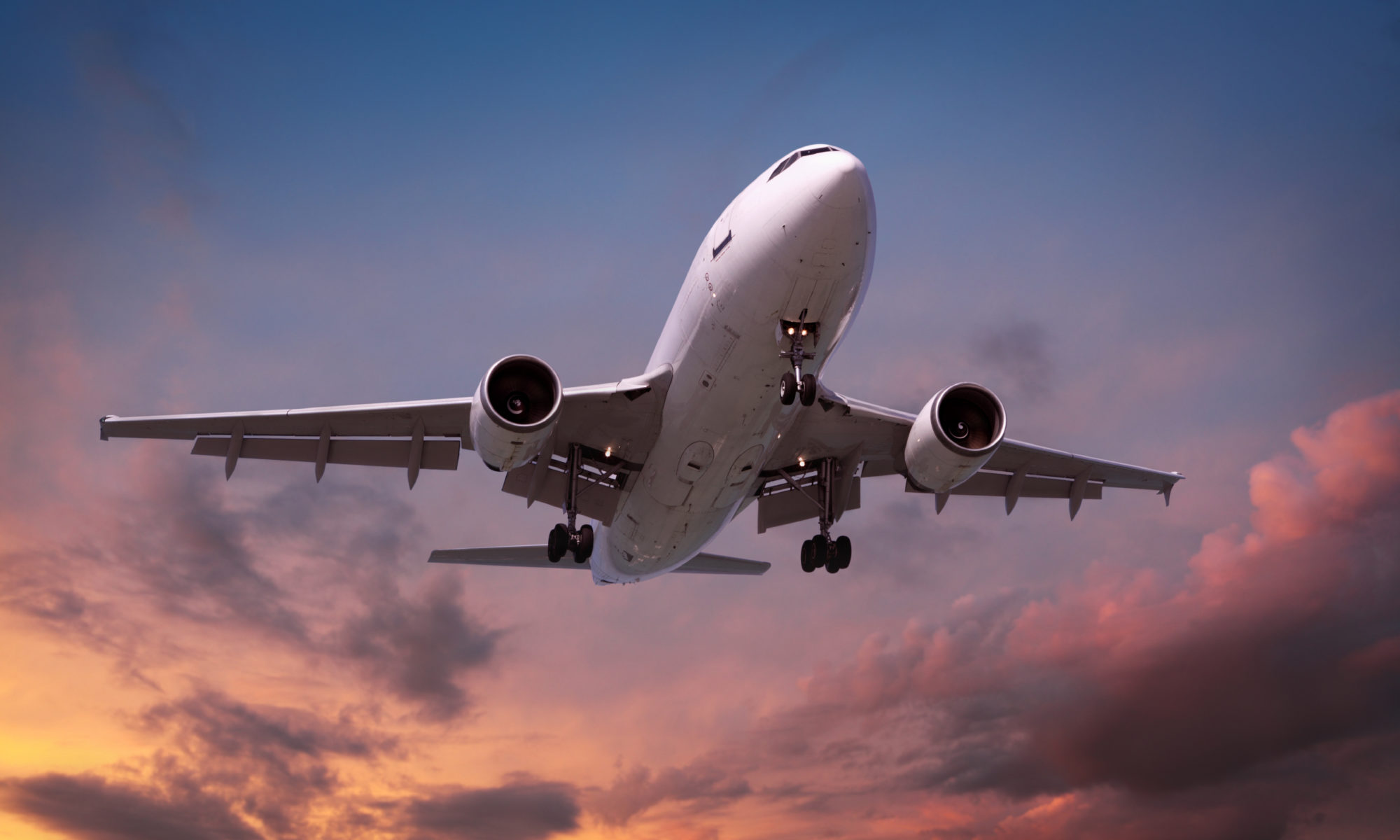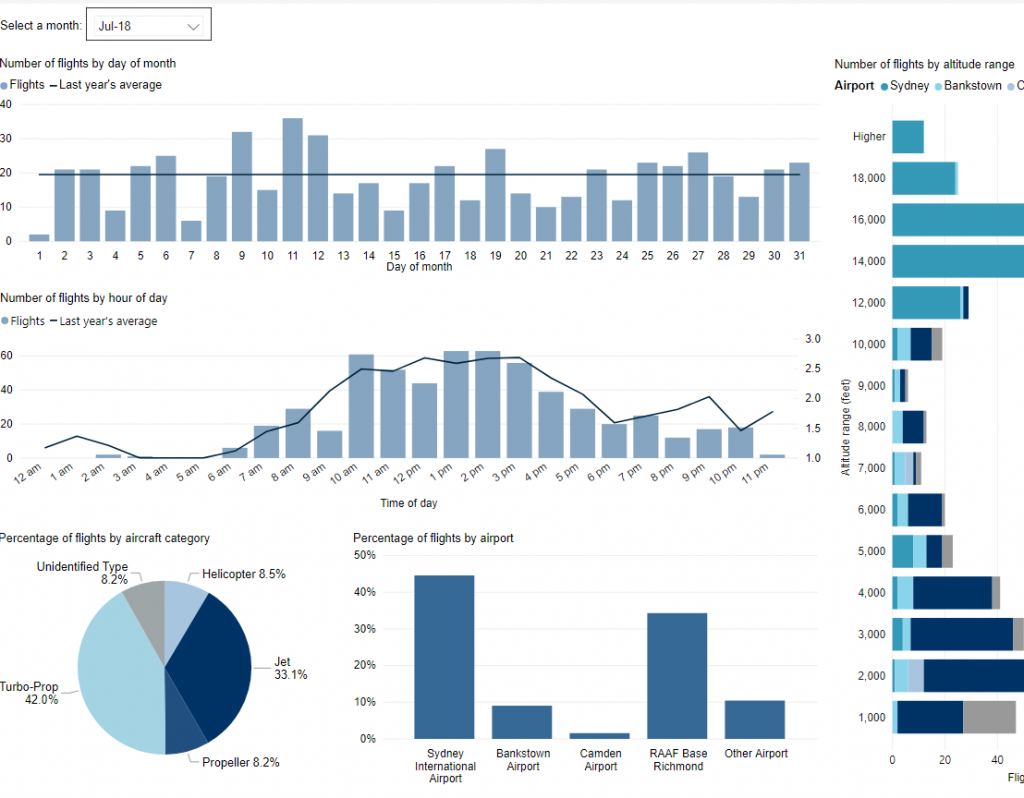Aircraft usually take-off and land into the wind for safety and performance reasons. As the wind direction changes the runway in operation and the flight paths being used may also change.
This means that Perth’s seasonal wind patterns affect usage of the different runway directions. Specifically, Runway 21 tends to be used more frequently in the warmer months due to southerly winds whereas Runway 03 tends to be used more frequently in the cooler months when the predominant wind direction tends to be northerly.
Runways may be used in combination. For example, Runways 03 and 06 may be used at the same time for departures, or Runways 21 and 24 may be used at the same time for arrivals.
As we gather more data on operations we will update this section with more information.
Learn more about how the runway is named and oriented on our Perth Airport Runways page.







